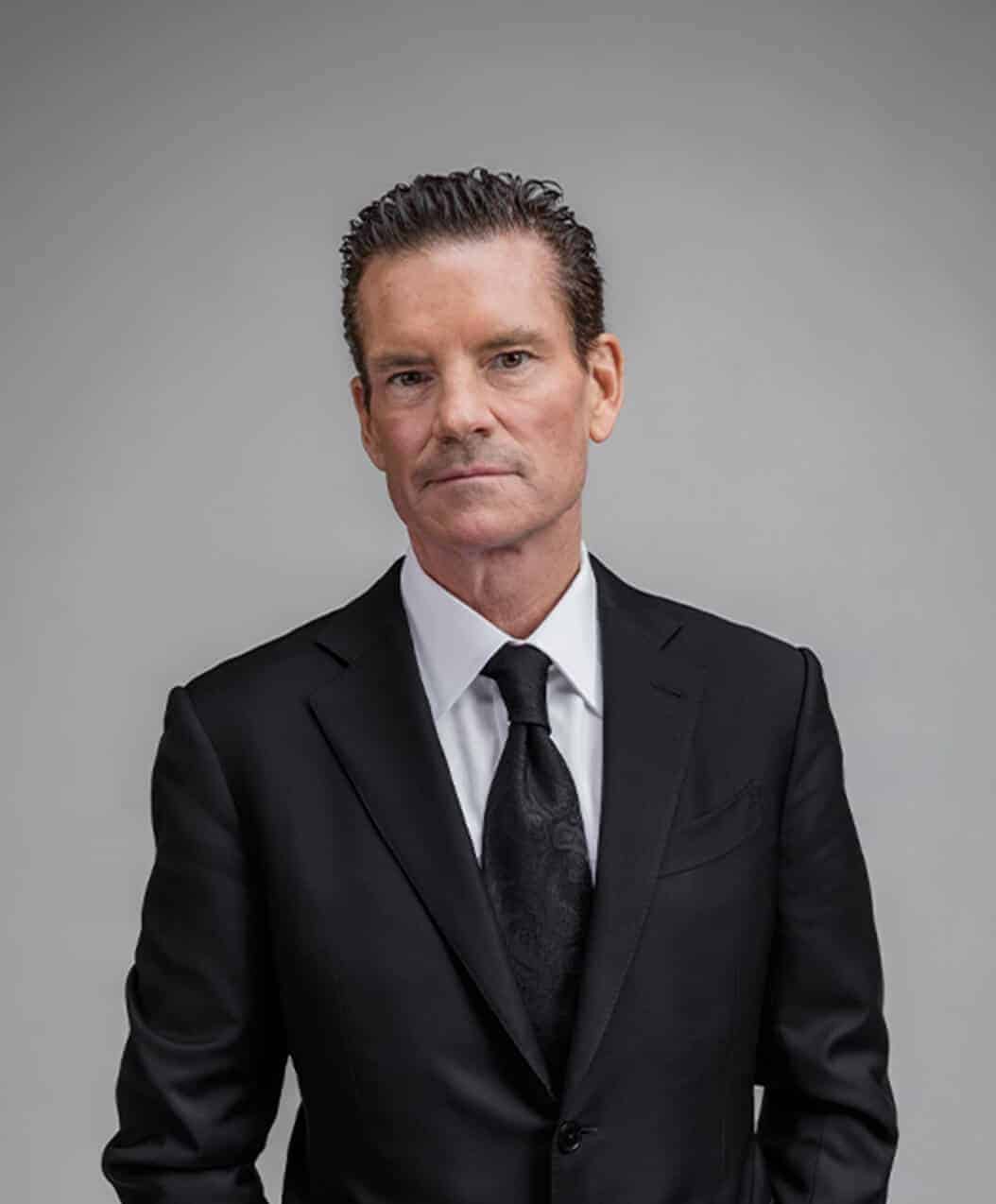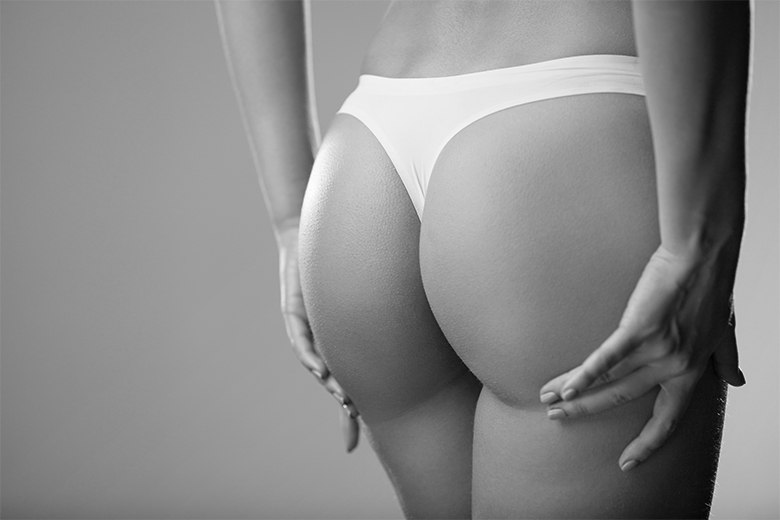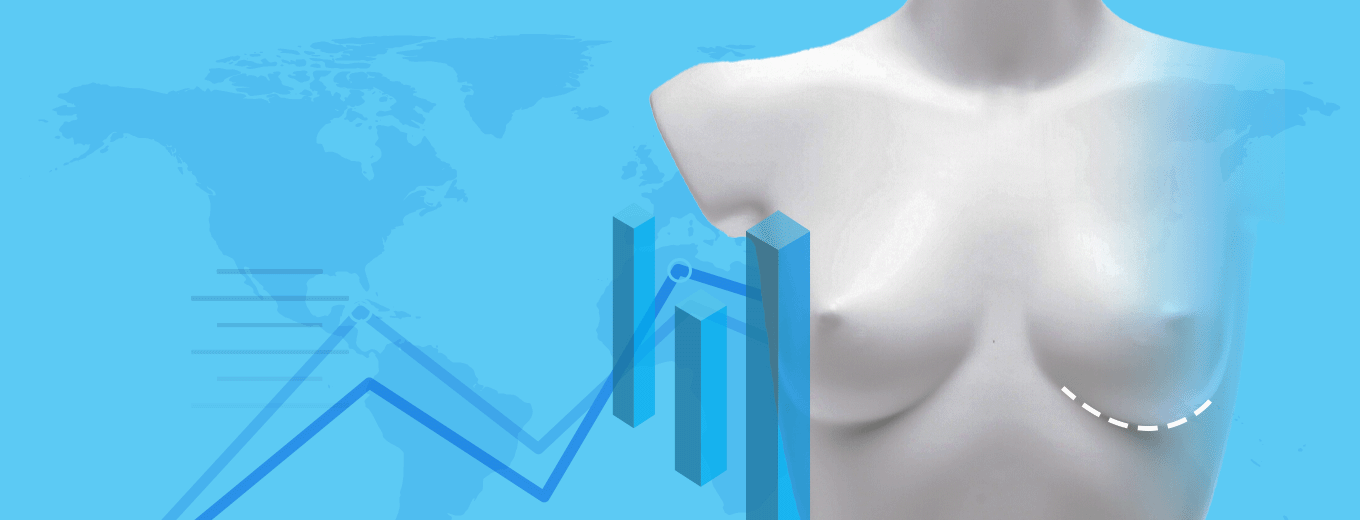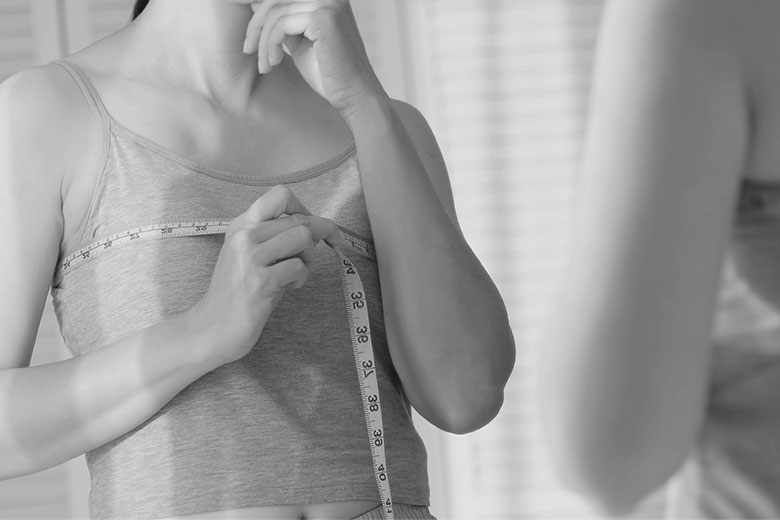May 4th, 2025
Dr. Mulholland, Md
What is Blepharoplasty?
Blepharoplasty, often referred to as eyelid surgery or double eyelid surgery, is a procedure that removes excess skin from the upper and/or lower eyelids to help improve vision, reduce signs of aging, and help you appear more awake and alert.
The Importance of Proper Recovery
The skin around your eyes is the thinnest area of skin on your body. With this in mind, we can understand that taking proper care of the incision sites after your blepharoplasty means a faster recovery. Since the skin is so thin, it recovers and heals quickly – but it is up to you to properly follow the aftercare instructions provided by Toronto Plastic Surgeons to ensure you can have barely visible scars and eyelid surgery results that you can enjoy fully.
Blepharoplasty Aftercare Preparations
After your Blepharoplasty surgery, you will be monitored by the Toronto Plastic Surgeons staff to ensure there are no complications. You will be able to leave soon after and heal at home. After eyelid surgery, you may experience blurred vision, watery eyes, light sensitivity, puffy skin in the treatment area, swelling, slight bruising, and some pain.
Pre-Surgery Consultations
You will receive detailed preparation and aftercare instructions for your blepharoplasty procedure during your consultation with Toronto Plastic Surgeons. He will also explain how your procedure will be performed and go over your medical history and specific aesthetic goals. It is extremely important to ask any questions you may have about eyelid surgery, including:
- How soon after my surgery can I go home?
- Will I need to take any medications after my surgery?
- Will I need to wear dressings or bandages?
- When will my stitches be removed?
- When can I resume my normal activities and exercise?
Toronto Plastic Surgeons will also create a follow-up care schedule to ensure you are healing fully and address any other aesthetic concerns you may have.
Arrange for Post-Surgery Support
Your eyelid surgery may be performed under local anesthetic, meaning you could be drowsy when you are ready to head home and will need to arrange for someone to drive you home and monitor your healing for the first night. Even if no anesthetic is administered, your vision may be slightly affected on the first day, so having post-surgery support for the first couple days is of the utmost importance.
Prepare a Recovery Space
Having a comfortable space to recover in can make the healing process much more manageable. During your recovery from Blepharoplasty surgery, lubricating ointments and cold compresses should be prepared for pain and swelling management.
You will be given specific instructions by Toronto Plastic Surgeons pertaining to your recovery timeline, including how to care for your eyes, which medications you can take, and how to reduce your risk of infection.
You may experience pain, irritation, and swelling, so your recovery space should be cozy, relatively dark to protect your eyes from light sensitivity and have plenty of pillows to keep your head elevated while you heal.
Post-Operative Care
You can take many steps after eyelid surgery to speed up your recovery and make the process as painless as possible. While managing your pain, you will also want to be mindful of how to care for your incisions properly, which hygiene practices you can partake in, and how to prevent infection or slow down your healing process.
Pain Management
The night after your eyelid surgery, you will want to apply cold compresses on your eyes every hour to help reduce pain and swelling. Avoid using makeup products, eye serums, creams and cosmetics that contain skin-damaging chemicals, as they will increase your pain and halt your healing process. You can use these products after two weeks of healing. You can also talk to Toronto Plastic Surgeons about using prescribed or over-the-counter pain medication to reduce any discomfort you may experience.
Incision Care & Hygiene
During your recovery, you must keep your incisions clean with soap and water and always check the treatment area for any signs of infection, such as bleeding or pustules. Use cold compresses for comfort, and wait two weeks before wearing contact lenses after your surgery. Generally, you can shampoo your hair anytime after your procedure – be careful not to get any of the product in or around your eyes.
Cold Compresses
As mentioned, cold compresses will be your best friend during your recovery. Not only will they help reduce swelling and increase blood circulation to promote healing, but they will help soothe any irritation and itchiness you feel in the treatment area while your incisions heal.
Proper Rest & Elevation
Proper rest is necessary when recovering from anything – especially surgery. Rest and sleep with your head elevated on a couple of pillows for two weeks to keep blood flowing and pain at a minimum. This will also help prevent swelling and reduce the puffy look you may have after your surgery.
Complications & How To Avoid Them
With such a sensitive area being treated, you will want to take extra precautions during your healing process to ensure you can enjoy optimal results in a short amount of time. Generally, avoid touching/rubbing the treatment area, use soaps and shampoos with natural, non-abrasive ingredients, and follow all aftercare instructions provided by Toronto Plastic Surgeons.
Infection
To avoid infection in the eye area:
- Clean your incisions with gentle soap and lukewarm water every day.
- Look out for signs of infection and use cold compresses to reduce swelling so the healing process is easier on you.
- Do not apply any makeup, don’t wear contact lenses, and avoid harsh soaps for the first two weeks following your blepharoplasty.
Dry Eyes
If you are suffering from dry eyes and irritation following your eyelid surgery, you can use artificial tears (eye drops) as needed throughout the day and apply a soothing ointment to the treatment area before bedtime. Apply cold compresses to reduce inflammation so you can, in turn, reduce dry eyes and irritation.
Temporary Vision Changes
Patients may experience blurred vision right after their blepharoplasty procedure due to the work being done so close to the eyes. This impaired vision is often caused by eyelid swelling, which will resolve itself in a few hours – especially with the help of cold compresses.
Your vision will return to normal within a few days so long as you follow aftercare instructions, apply cold compresses every 20 minutes or so, and use eye drops as needed. Rest a lot, don’t expose your eyes to the sun, and avoid too much screen time.
Bleeding
Applying mild pressure, either with a cold compress or washed hands, around the treatment area will control any bleeding if it occurs. If you elevate your blood pressure by lifting heavy objects, partaking in strenuous activities, repeatedly sneezing or coughing, or exercising, you may experience some bleeding in the treatment area.
This can be solved by elevating your head and applying pressure. If bleeding persists, contact Toronto Plastic Surgeons.
Scarring
The best tips for avoiding scarring after your blepharoplasty procedure include:
- Stay out of the sun. If you need to go into direct sunlight, apply good sunscreen with an SPF of 30 or higher and cover your face and eyelid area by wearing sunglasses and a hat.
- Apply cold compresses to the treatment area and massage around the incision scars to promote blood flow and your body’s natural healing response.
- Avoid strenuous activity like exercise or heavy lifting that can open your incisions, causing scars to take longer to heal.
- Don’t smoke or drink, as these activities are bad for your general health and can restrict blood flow to the treatment area.
- Maintain a healthy lifestyle by eating well and staying hydrated – fast healing comes from caring for both the inside and outside of your body.
7 Tips for Reducing Swelling After Blepharoplasty Surgery
While swelling after your blepharoplasty is perfectly normal, there are some steps you can take to help reduce swelling and encourage your body to heal quickly and without complication.
1. Protect Your Eyes
Protecting your eyes after your blepharoplasty procedure is the most important step you can take to ensure a full recovery. Avoid sunlight exposure as much as possible, but if you do go outside, be sure to wear dark sunglasses with frames that cover your eyes as well as the sides of your face. Your surgeon may also recommend eye drops, to help prevent uncomfortable dryness.
2. Get Plenty of Sleep
Rest is key to recovery, no matter what type of procedure you have had — but it is especially important after your blepharoplasty. Giving your eyes and eyelids the chance to rest after your surgery will give them plenty of time to recover; in addition, getting adequate sleep will ensure your immune system is working as efficiently as possible to help you heal after your surgery. Try to get eight hours of sleep a night, and nap during the day if you feel tired (it’s recommended to take about two weeks off work following your blepharoplasty procedure).
3. Apply Cold Compresses
Cold compresses can help alleviate any discomfort you are feeling around your eyes after your blepharoplasty procedure, and they can also help reduce swelling by reducing circulation to your eyelids and the surrounding area.
4. Keep Your Head Elevated
Try to prop your head up on multiple pillows when you sleep, or, if possible, try to get your rest in a chair or recliner as often as possible following your blepharoplasty. You can also try propping your head up with a travel pillow that wraps comfortably around your neck.
5. Stop Smoking
If you are a smoker, it’s best to try to quit (or cut back substantially) prior to your blepharoplasty, as smoking during your recovery can lead to constricted blood vessels, which can severely reduce circulation and compromise your recovery.
6. Avoid Any Strenuous Activity
Strenuous exercise and physical activity can result in a significant increase in blood flow to your face and eyes, which can affect (and even increase) swelling. While gentle exercise is important for your recovery (after a few days of rest), you should avoid strenuous cardiovascular activity or heavy weight-lifting immediately following your blepharoplasty.
7. Follow Your Self-Care Instructions
Your eyes and eyelids are very sensitive, and they will be especially tender after your blepharoplasty. Properly cleaning your eyes following your surgery is an important step in avoiding infection and ensuring a risk-free recovery, and you can find full details on how to safely and correctly care for your eyes after your procedure.
Recovery Timeline
Short-Term Recovery (Week One)
The first week or two of recovery is the most important for fast healing.
- Apply cold compresses to reduce swelling.
- Keep your head elevated to promote blood flow while you sleep.
- Avoid strenuous activities that may cause incisions to open and bleed.
- Don’t apply products with harsh chemicals to the eyelid area.
- Wash the incisions with warm water and gentle soap every day.
- Maintain a healthy lifestyle.
- Wear SPF, sunglasses, and a hat if you need to go out in direct sunlight.
Medium-Term Recovery (Month One)
After the first two weeks, but during the first month following your blepharoplasty, your bruising and swelling will begin to subside, and you can return to normal activities such as work and exercise.
Consult with Toronto Plastic Surgeons if you have any questions, and if he suggests taking longer than two weeks to recover, follow his advice. Your beautiful results will be worth the wait, and you can return to everyday life before you know it!
Long-Term Recovery (Months Three-Six)
After taking time off to fully recover, practicing self-care, protecting your eyes from the sun, avoiding extremely strenuous activities, and following all aftercare instructions, you will see full results in 3-6 months. This will include faded blepharoplasty scars, whose appearance can be reduced by:
-
- Quitting smoking and avoiding alcohol.
- Drinking lots of water.
- Eating a balanced diet with an emphasis on protein.
- Staying out of the sun.
- Applying prescribed ointments.
- Not rubbing the treatment area.
- Avoiding excessive sweating and strenuous activity.
Returning to Normal Activities
Work & Social Activities
You can return to work shortly after your procedure if your work does not require strenuous exercise or heavy lifting. The same rule applies to social activities – grabbing a coffee with a friend is fine, but save the kayaking trip for next month! It is best to wait two weeks before fully returning to work and all of the social activities you enjoy participating in. If you need to go out, sunglasses are your best friend.
Exercise & Physical Activity
Avoid strenuous moving and lifting that can stress the incisions for at least the first two weeks following your blepharoplasty procedure. The stress can cause your incisions to pull apart and will delay your healing process. You should also avoid excessive sweating from exercise or being out in the sun for long periods, as sweat can disrupt the healing process of your scars.
Makeup & Skincare Routines
While recovering, you should only use a gentle cleanser for your face and a gentle shampoo for your hair, being careful not to get any product in the treatment area. Wash the treatment area with natural soap and lukewarm water daily.
You can return to your regular makeup routine and skincare regimen after two weeks following your eyelid surgery or when Toronto Plastic Surgeons deems you safe to do so. As simple as it sounds, not touching your eyes or putting abrasive products near the incisions is the most effective way to promote quick healing.
Tips for Optimal Healing
Proper Diet & Nutrition
Refrain from smoking and drinking for at least two weeks before and after your blepharoplasty procedure to minimize dehydration and the risk of scarring. Maintain hydration by drinking water and avoiding activities restricting blood flow. A well-balanced diet rich in protein and essential daily vitamins is crucial for optimal internal and external healing.
Stay Hydrated
As noted, skin can rapidly dehydrate, and the most effective way to rehydrate it is by consuming ample water. Drinking water promotes skin health, firmness, and accelerated healing. It is recommended to continue consuming at least eight glasses of water daily, even after healing, as this simple habit contributes to maintaining beautiful skin and overall good health.
Get Some Rest
Ample rest is an excellent remedy for various situations like recovering from a cold or mending surgical incisions. Elevate your head using 2-3 pillows to encourage healthy blood circulation and allow your body to rest for optimal recovery in no time!
Follow Up With The Toronto Plastic Surgeons Team Regularly
A cosmetic surgeon’s expertise and patient care are crucial for rapid healing and minimal scarring, resulting in beautiful, youthful eyes following your blepharoplasty procedure. When choosing your surgeon, ensure they are board-certified, highly skilled, and extensively trained in cosmetic surgery, like Toronto Plastic Surgeons. Regularly follow up with Toronto Plastic Surgeons and his team after your eyelid surgery to confirm proper and complete healing, allowing you to enjoy remarkable results in just a few months.
The Importance of Following Recovery Guidelines
Adhering to Toronto Plastic Surgeons’s aftercare instructions and recovery guidelines can make the difference between achieving beautiful results or facing long-term scarring and a complex healing process that may necessitate additional intervention. By heeding his expert advice, backed by over 20 years of experience, and allowing sufficient time for healing, you will appreciate the significance of following recovery guidelines to ensure you look and feel your best.
Achieving Desired Results Requires Proper Aftercare
At Toronto Plastic Surgeons, we aim to deliver a luxurious cosmetic surgery experience from beginning to end. We will address any questions during your blepharoplasty consultation and ensure you receive exceptional care throughout your eyelid surgery.
Once you return home, you are responsible for adhering to our aftercare instructions. You can achieve the desired results by following our recovery guidelines and dedicating time to self-care.
Reach out to the Toronto Plastic Surgeons team today to schedule your blepharoplasty consultation, and look forward to rejuvenated, youthful eyes. By following these crucial aftercare steps, you will experience a swift healing process and be ready to showcase your stunning results in no time!



